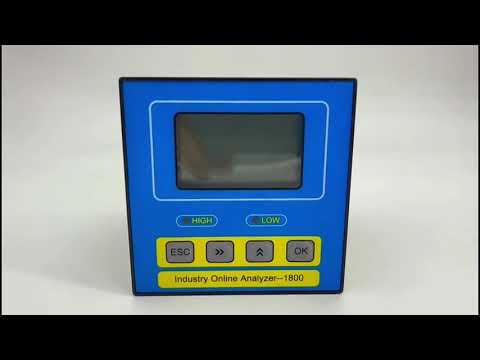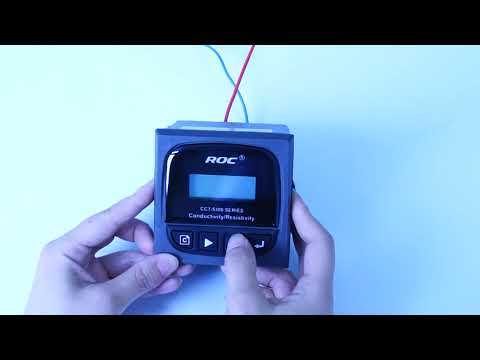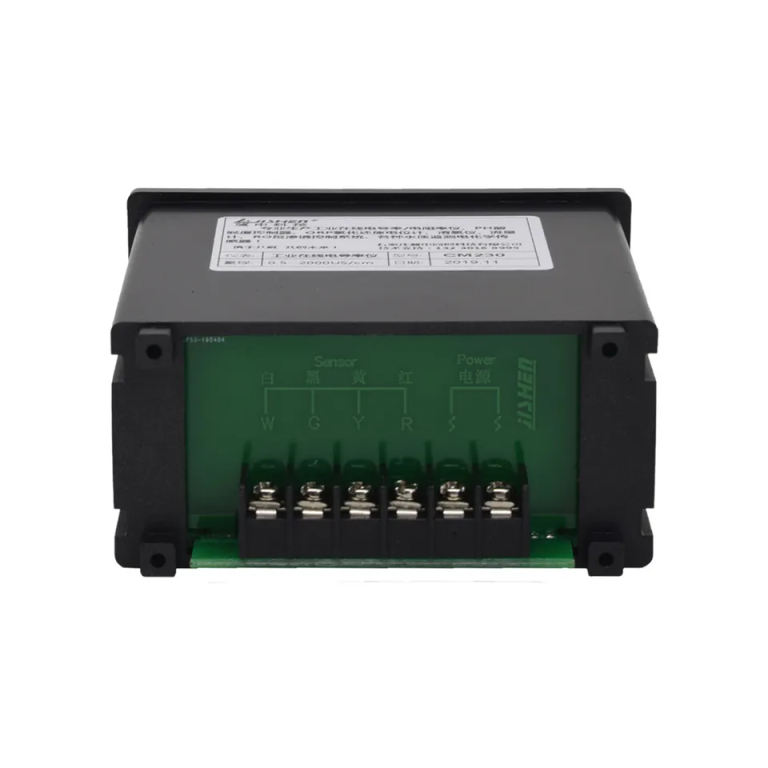Importance of Water Testing
Water testing is a crucial step in ensuring the safety and quality of the water we use for drinking, cooking, and other household activities. By testing water regularly, we can identify any potential contaminants or issues that may be present, allowing us to take appropriate measures to address them. In this article, we will discuss the importance of water testing and provide a guide on how to choose the right water test kit for your needs.
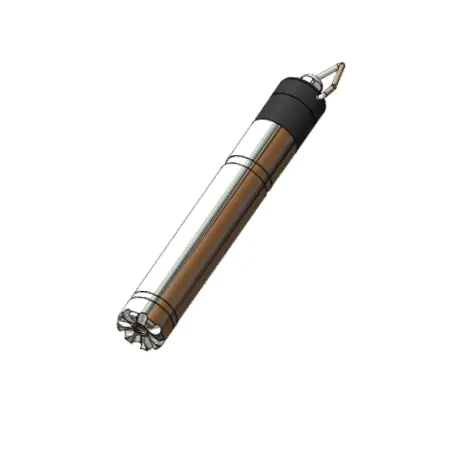
One of the main reasons why water testing is so important is because water quality can have a significant impact on our health. Contaminants such as bacteria, lead, pesticides, and other harmful substances can be present in our water supply, posing a risk to our well-being if consumed. By testing our water regularly, we can ensure that it meets safety standards and is free from any harmful contaminants.
In addition to health concerns, water testing is also important for maintaining the quality of our water supply. By monitoring the levels of various substances in our water, we can identify any issues that may be affecting its taste, odor, or appearance. This can help us to pinpoint the source of the problem and take steps to improve the quality of our water.
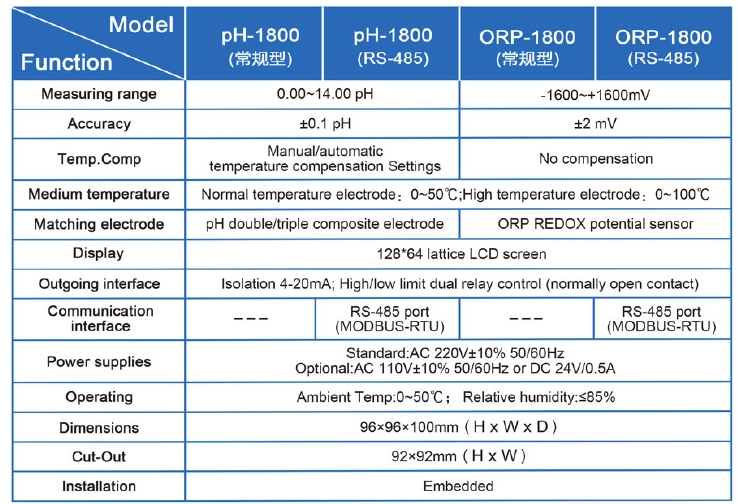
Another reason why water testing is important is because it can help us to protect the environment. Contaminants in our water supply can have a negative impact on aquatic life, plants, and ecosystems. By testing our water regularly and taking steps to address any issues that are identified, we can help to protect the environment and ensure that our water resources are preserved for future generations.
When it comes to choosing a water test kit, there are a few key factors to consider. The first step is to determine what you want to test for. Some test kits are designed to detect specific contaminants, such as lead or bacteria, while others provide a more comprehensive analysis of water quality. Consider what contaminants are of most concern to you and choose a test kit that can detect them.
Next, consider the type of water source you will be testing. Different test kits are designed for different types of water sources, such as well water, municipal water, or surface water. Make sure to choose a test kit that is appropriate for the type of water you will be testing to ensure accurate results.
| Model | RM-220s/ER-510 resistivity controller |
| Range | 0-20uS/cm; 0-18.25MΩ |
| Accuracy | 2.0%(FS) |
| Temp. Comp. | Automatic temperature compensation based on 25℃ |
| Oper. Temp. | Normal 0~50℃; High temp 0~120℃ |
| Sensor | 0.01/0.02 cm-1 |
| Display | LCD Screen |
| Communication | ER-510:4-20mA output/RS485 |
| Output | ER-510:High/Low limit dual relay control |
| Power | AC 220V±10% 50/60Hz or AC 110V±10% 50/60Hz or DC24V/0.5A |
| Working Environment | Ambient temperature:0~50℃ |
| Relative humidity≤85% | |
| Dimensions | 48×96×100mm(H×W×L) |
| Hole Size | 45×92mm(H×W) |
| Installation Mode | Embedded |
| Measuring Method | N,N-Diethyl-1,4-phenylenediamine (DPD) spectrophotometry | |||
| Model | CLA-7122 | CLA-7222 | CLA-7123 | CLA-7223 |
| Inlet water channel | Single channel | Dual channel | Single channel | Dual channel |
| Measurement range | Total Chlorine : (0.0 ~ 2.0)mg/L ,calculated as Cl2 ; | Total Chlorine : (0.5 ~10.0)mg/L ,calculated as Cl2 ; | ||
| pH:(0-14);temperature:(0-100)℃ | ||||
| Accuracy | Free chlorine: ±10% or 0.05mg/L (whichever is greater), calculated as Cl2; Total chlorine: ±10% or 0.05mg/L (whichever is greater), calculated as Cl2 | Free chlorine: ±10% or 0.25mg/L (whichever is greater), calculated as Cl2; Total chlorine: ±10% or 0.25mg/L (whichever is greater), calculated as Cl2 | ||
| pH:±0.1pH;Temp.:±0.5℃ | ||||
| Measurement cycle | Free Chlorine≤2.5min | |||
| Sampling interval | The interval (1~999) min can be set to any value | |||
| Maintenance cycle | Recommended once a month (see maintenance chapter) | |||
| Environmental | Ventilated and dry room without strong vibration; Suggested room temperature: (15 ~ 28)℃; relative humidity: ≤85% (no condensation). | |||
| requirements | ||||
| Sample water flow | (200-400) mL/min | |||
| inlet water pressure | (0.1-0.3) bar | |||
| Inlet water temperature range | (0-40)℃ | |||
| Power supply | AC (100-240)V; 50/60Hz | |||
| Consumption | 120W | |||
| Power connection | 3-core power cord with plug is connected to the mains socket with ground wire | |||
| Data output | RS232/RS485/(4~20)mA | |||
| Dimension size | H*W*D:(800*400*200)mm | |||
It is also important to consider the ease of use and accuracy of the test kit. Look for a kit that is easy to use and provides clear instructions for conducting the test. Additionally, choose a test kit that has been validated by a reputable organization, such as the Environmental Protection Agency (EPA), to ensure that it provides accurate and reliable results.
In conclusion, water testing is an essential step in ensuring the safety and quality of our water supply. By testing our water regularly, we can identify any potential contaminants or issues that may be present and take steps to address them. When choosing a water test kit, consider what contaminants you want to test for, the type of water source you will be testing, and the ease of use and accuracy of the test kit. By following these guidelines, you can ensure that your water is safe and healthy for you and your family.

